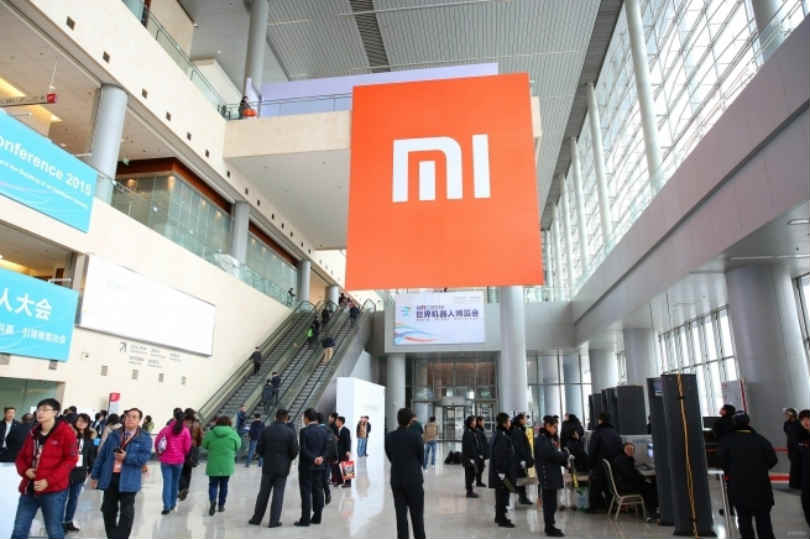
Xiaomi plans to take on Qualcomm and Samsung with its in-house ‘Rifle’ processor, which could power the upcoming 6.4-inch Mi Max phablet.
Xiaomi started off with an after-market custom ROM called MIUI for Android smartphones and later started manufacturing its own smartphones too. Over the past six years, the company has expanded its portfolio with tablets, wearables, smart TVs, routers, air purifiers and the recently launched pressure rice cooker too. Now, Xiaomi seems to take on chipset makers, Qualcomm, Samsung and MediaTek with its own ‘Rifle’ processor.
Last year we came across a report that Xiaomi may launch its own processors sometime this year, and the Chinese company seems closer to unveil one. According to a report published on a Korean publication (The Korea Times), Xiaomi could take wraps off its mobile processor on May 10 alongside the Mi Max, Mi Band 2 and MIUI 8.
Citing sources, the publication notes that Xiaomi’s chipset would use standard ARM licensed technology. While the specifications such as the number of cores, clock speed, GPU and fabrication process are unknown, the processor could be focused towards budget and mid-range handsets.
There are chances wherein the soon to be unveiled Xiaomi Mi Max phablet could be powered by the ‘Rifle’ processor. Xiaomi could use its homegrown processor on its range of devices such as smart TVs, smartphones and tablets. It will also help Xiaomi to reduce reliance on chipset makers such as MediaTek and Qualcomm.
Currently, Xiaomi smartphones are powered by both Qualcomm and MediaTek chipsets. Interestingly, Qualcomm Ventures owned by Qualcomm is an investor in Xiaomi. So, while the chip could power mid-range smartphone, Xiaomi may continue to lean on Qualcomm for its flagship smartphones.
However, manufacturers using their own chipsets isn’t something new. Samsung has its own Exynos line of chipsets for smartphones — and last year’s Galaxy S6-series and Galaxy Note 5 ditched the problematic Qualcomm Snapdragon 810 chipset for Exynos 7740. This year’s Samsung Galaxy S7 and Galaxy S7 edge are powered by Exynos 8890 SoC in India, whereas some markets get the Snapdragon 820 powered units. That’s not all; Huawei too has its own Kirin line of chipsets that power many of its own smartphones.
Source: bgr.in









































